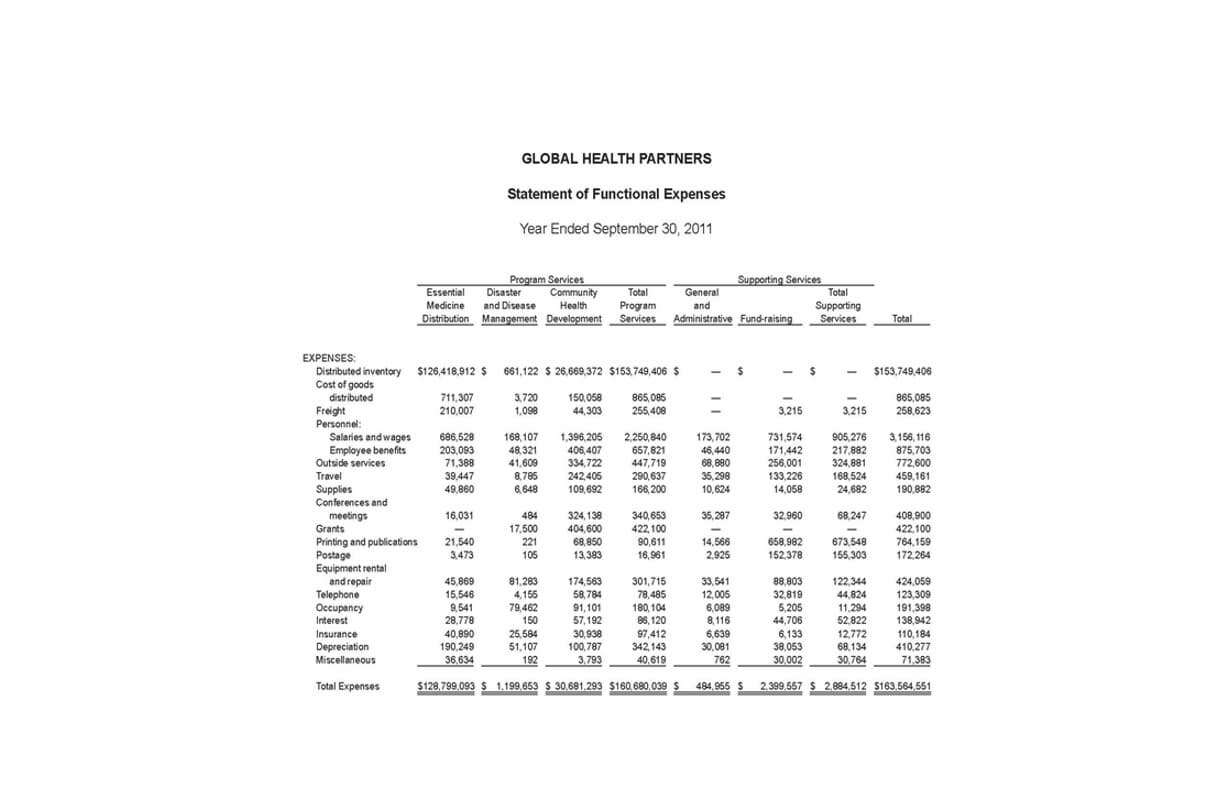Sum of The Years Digits Depreciation Model Formula, Examples, Journal Entries
The sum-of-the-years’ digits, which is an accelerated method of calculating depreciation, can easily be calculated in Excel using the “SYD” function. This can be done when you have the asset’s cost, salvage value, and useful life. All these assets have an estimated useful life across which they deteriorate. The companies need to measure this deterioration and calculate the values of the assets as it affects their business. Depreciable cost in sum of years digits depreciation can be calculated with the formula of fixed asset cost deducting its salvage value.
As mentioned, using the sum of years digits depreciation of the fixed assets will make the depreciation expense that the company charged to the income statement higher in the early year, and such expense will go down as time passes. In this case, the company should use the sum of years digits depreciation method on the fixed assets that can produce higher productivity in the early year and such productivity will gradually drop down as time passes. Depreciation is a fundamental concept in accounting, allowing businesses to allocate the cost of tangible assets over their useful lives.
Sum of years digits depreciation example
The remaining useful life is the only value in the SYD depreciation formula that varies from one accounting period to another. The sum of years’ digits is simply an addition of all numbers between zero and the number of years of an asset’s useful life. For example, if an asset is purchased halfway through the fiscal year, half of that year’s depreciation expense is recognized. Both GAAP and IFRS provide guidance on prorating depreciation for partial years, emphasizing consistency in financial reporting.
What Are Operating Costs?
For example, in the first accounting period that ends on 31 December 2020, only 3 months out of the first year of the asset overlaps. So we charge 3/12 of the first year’s depreciation expense ($4000) to the accounting period that ends on 31 December 2020. To calculate how much depreciation needs to be charged to each accounting period, we need to see the depreciation expense of each year of the asset (Step 4) that overlaps each accounting period.
- The has a useful life of 4 years after which it is expected to have no residual value.
- The method adds up the number of years across which the asset was utilized.
- Try to apply your knowledge to calculate depreciation under the sum of digits method for an asset acquired mid-way during an accounting period in the multiple-choice question below.
- On the balance sheet, accumulated depreciation is recorded as a contra asset account, offsetting the gross value of the asset and presenting its net book value.
- This method is based on the units produced by assets rather than the time for which the asset is used.
- In effect, the annual depreciation expense recognized on the income statement is greater in earlier periods, causing the reduction in the book value of the fixed asset on the balance sheet to also be higher early on.
- The answer is the periodic depreciation that will be deducted from book value in every financial year.
Financial Literacy Matters: Here’s How to Boost Yours
Most of the depreciation of an asset is recognized in the first few years of its useful life. Therefore greater deductions are allowed in the starting life of the assets than in subsequent years, mainly in the case of those assets which are heavily used when they are new. Businesses must account for depreciation and there are a few ways to do it, some better suited than others depending on the specific asset. The sum-of-the-years’ edit and manage your invoice template fillable pdf file online digits (SYD) is an accelerated method better suited for assets that depreciate more early in their useful life since accelerated depreciation assumes higher depreciation costs in the early years.
📆 Date: May 3-4, 2025🕛 Time: 8:30-11:30 AM EST📍 Venue: OnlineInstructor: Dheeraj Vaidya, CFA, FRM
Sum of the years’ digits depreciation uses the assumption that the benefits that the company receives from the fixed asset will go down through the passage of time. It is similar to the declining balance depreciation in which the depreciation expense in the sum of the years’ digits method will go down as time passes making the last depreciation expense the smallest. Where an entity has a policy of calculating depreciation on full years basis, sum of the years’ digits depreciation can be calculated as above.
Sum of the years’ digits depreciation is the type of depreciation method that allocates the higher cost of the fixed assets in the early year and reduces the depreciation expense in later years as time passes. The company can calculate sum of the years’ digits depreciation after determining the expected useful life of a taxing endeavor the fixed asset and the depreciable cost to use as a basis of calculation. The remaining useful life of the fixed asset is determined separately in each year of depreciation in the sum of years’ digits depreciation methods. For example, if the fixed asset has 5 years of useful life, the remaining useful life on the first-year calculation of depreciation is 5 while the last year or fifth year will be 1. The sum-of-the-years’-digits depreciation (SYD depreciation) is one method for calculating accelerated depreciation. However, the total amount of depreciation over an asset’s useful life should be the same regardless of which depreciation method is used.
Remember that the total amount of depreciation during this asset’s useful life should be $150,000. In the unit of production method, time is not a relevant how to calculate and improve amazon days sales in inventory factor, unlike the first two categories. The unit of production method focuses on the activity or output of the asset in the initial and later years. The depreciation charged in the initial years is greater than that of the later years. For illustrative purchases, we’ll assume there were no capital expenditures (Capex), the purchase of fixed assets, in each period.
Calculate depreciation over the useful life of the asset using the sum of the years’ digits method. While all the methods of depreciation would lead to the same result, the only variation is the time taken for depreciation recognition. The straight-line method may take much longer to calculate the depreciation expense. The method facilitates the calculation when the asset performance is at its highest. Therefore, a decreasing depreciation charge will help balance the cost of maintenance of the asset. To illustrate SYD depreciation, assume that a service business purchases equipment at a cost of $160,000.
Sum of the Years’ Digits Method involves finding the sum of all digits between zero and the number of years in the asset’s useful life. Depreciation expense under this method is calculated by multiplying the depreciable cost of an asset by the fraction of its remaining useful life and the sum of its years’ digits. The sum of years digits method is an accelerated depreciation method that can be used to depreciate the asset’s value over the useful life. The sum of the year depreciation method aims to depreciate the asset at an accelerated rate, i.e., higher depreciation expense in the early years and lower depreciation expense in later years. It is useful for deferring tax payments, especially for assets with a lower useful life, and may quickly become obsolete. The business entities do not debit the purchase of a fixed asset to an expense account as the asset gives economic benefit for several years.
‘The depreciation expense in the initial years is higher than that of the later years. In the second accounting period ending on 31 December 2021, 9 months out of the first year of the asset overlaps as well as 3 months out of the asset’s second year. Therefore, the depreciation expense for the second accounting period is equal to 9/12 ✕ $4000 plus 3/12 ✕ $3000. Using the depreciation formula, we can calculate the amount of depreciation for each year of the asset’s life using the values calculated in Steps 1 to 3. For example, to calculate the depreciation of an asset with a useful life of 3 years, we will count the remaining useful life of 3 years in year 1, 2 years in year 2, and 1 year in year 3. Use of the method can have an indirect impact on cash flows, since accelerated depreciation can reduce the amount of taxable income, thereby deferring income tax payments into later periods.
Formula for the Sum of the Years’ Digits Depreciation
Therefore, the business entities allocate the asset’s costs over its useful life periodically. Based on the depreciation expense calculated for each year of the asset’s life in Step 4, calculate the depreciation amount that needs to be charged for each accounting period. We only need to calculate this value one time in an asset’s life when we estimate its depreciation for the first time. We will use the same value to calculate the depreciation expense of the future accounting periods.
Deskera is an all-in-one software that can overall help with your business to bring in more leads, manage customers and generate more revenue. With Deskera CRM you can manage contact and deal management, sales pipelines, email campaigns, customer support, etc. You can generate leads for your business by creating email campaigns and view performance with detailed analytics on open rates and click-through rates (CTR). For the past 52 years, Harold Averkamp (CPA, MBA) hasworked as an accounting supervisor, manager, consultant, university instructor, and innovator in teaching accounting online. For the past 52 years, Harold Averkamp (CPA, MBA) has worked as an accounting supervisor, manager, consultant, university instructor, and innovator in teaching accounting online. To understand this last step, let’s change the assumptions of the earlier example.
The method is more appropriate than the more commonly-used straight-line depreciation if an asset depreciates more quickly or has greater production capacity in its earlier years than it does as it ages. The total amount of depreciation is identical no matter which depreciation method is used – the choice of depreciation method only alters the timing of depreciation recognition. The Sum of the Years Digits method ensures the asset’s cost is allocated appropriately over its useful life through a structured calculation process. The sum of the years method assumes that the productivity of the asset is the highest in the initial years and goes on decreasing in the subsequent years.
Sum of the Years’ Digits Depreciation
- The following example shows how you can work your way through each of the above steps to calculate depreciation using the sum of the years’ digits method.
- For calculating depreciation for the asset’s first year that ends on 30 September 2021 (Year 1), we will count the remaining useful life of 4 years.
- In summary, the SYD method’s complexity, front-loaded expenses, and potential misalignment with actual asset usage make it less suitable for companies seeking simplicity and consistent financial reporting.
- The company can calculate sum of the years’ digits depreciation after determining the expected useful life of the fixed asset and the depreciable cost to use as a basis of calculation.
- When assets are used across their estimated valuable life, they tend to undergo a level of degradation owing to various reasons.
- While all the methods of depreciation would lead to the same result, the only variation is the time taken for depreciation recognition.
Instead, the straight-line depreciation method is more suitable if that is the case. We need to count the remaining useful life from the asset’s timeline rather than the accounting periods’ perspective. For calculating depreciation for the first accounting period that ends on 31 December 2020 (Year 1), the remaining useful life of the delivery truck will be taken as 4 years.





